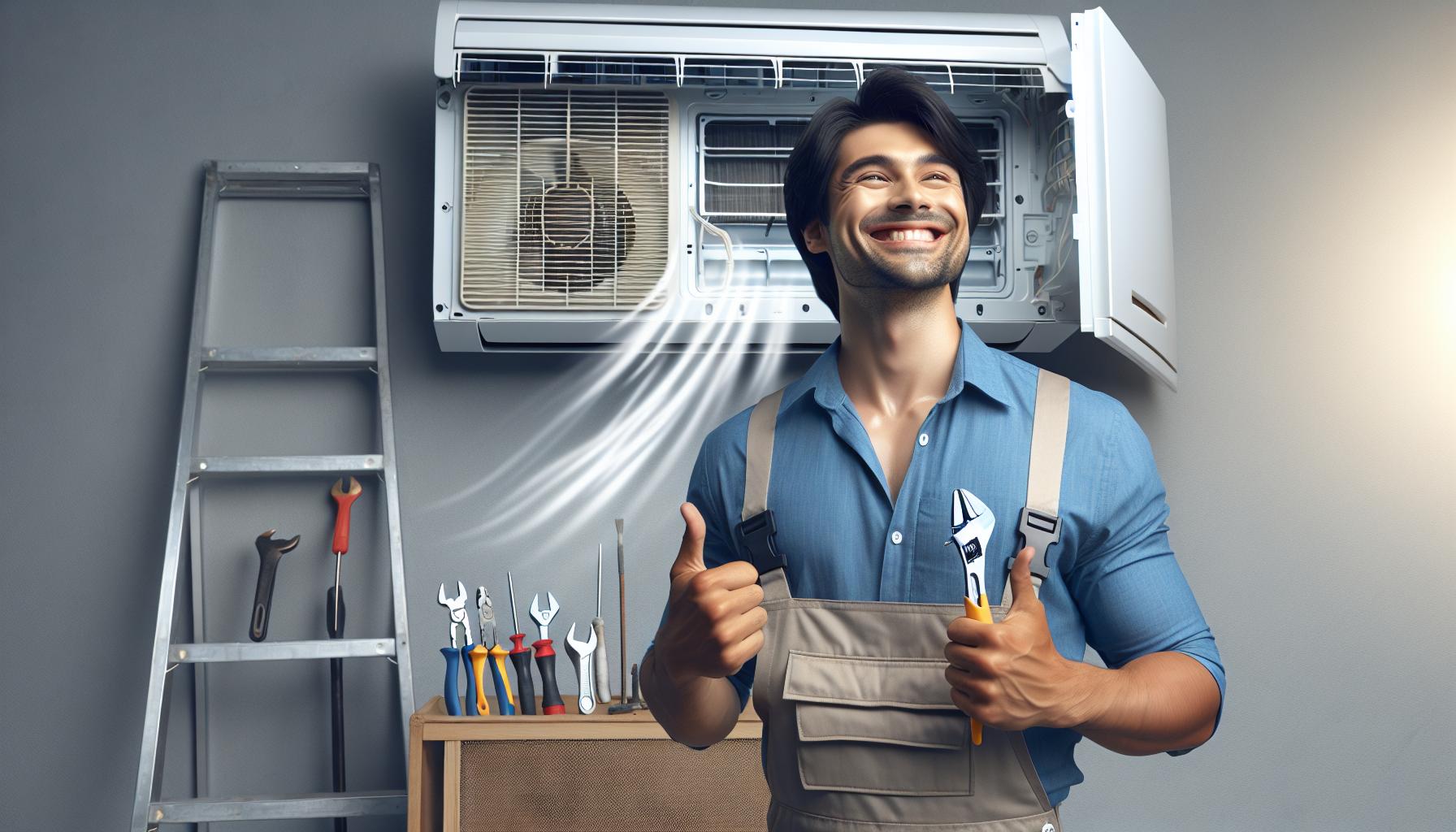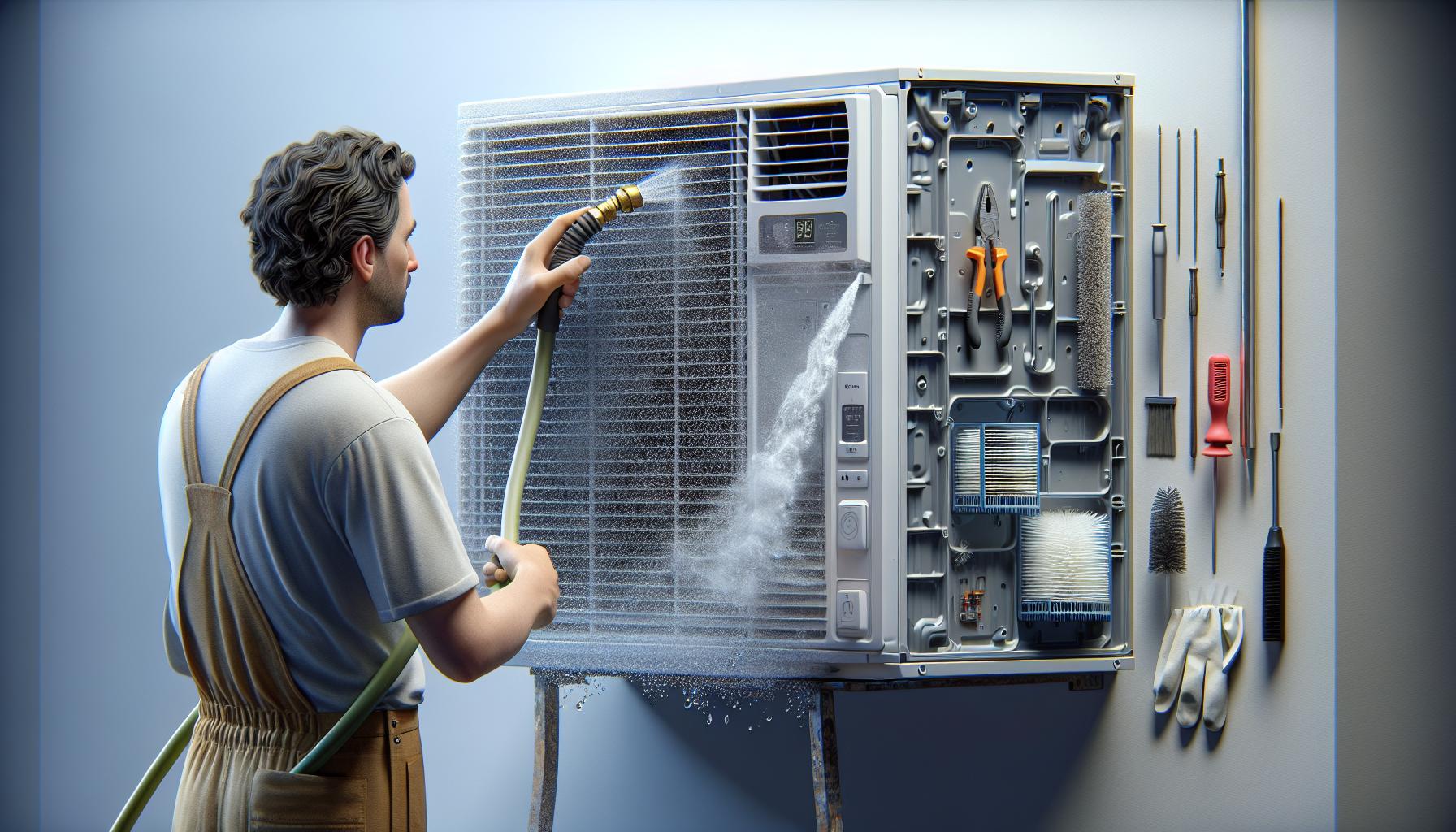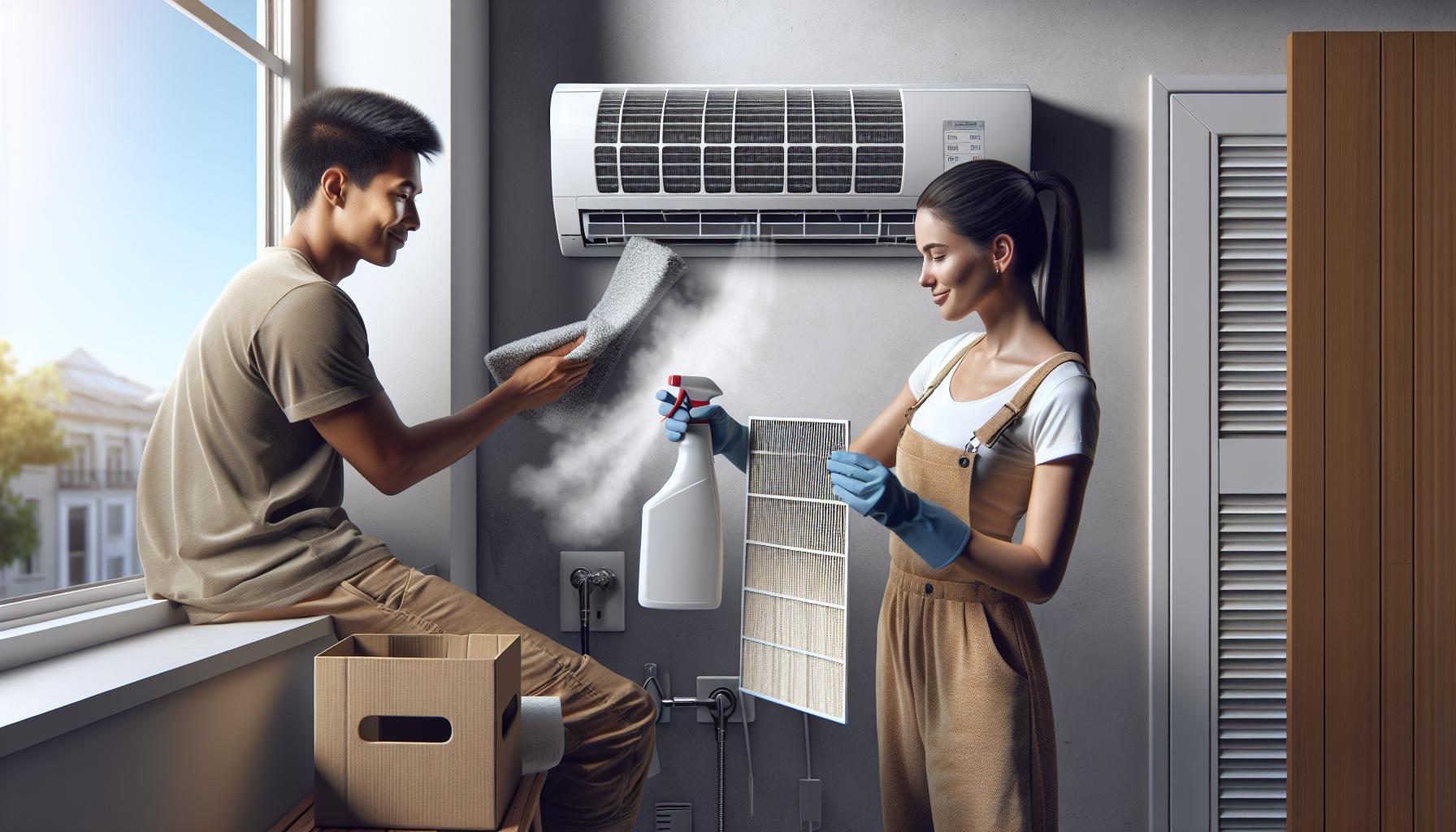Understanding your furnace’s temperature is crucial for maintaining a comfortable and safe home environment. You’re about to discover how to monitor and adjust your furnace’s heat output effectively, ensuring your living space remains cosy during those chilly months.
Importance of Monitoring Furnace Temperature
Maintaining control over your furnace temperature isn’t just about keeping your toes from turning into ice cubes; it’s critical for the safety and efficiency of your home heating system. Regularly monitoring the furnace ensures that you’re not caught off guard by sudden malfunctions or hazardous situations.
- Prevents overheating: Overheating is a primary safety concern. By keeping an eye on the temperature, you’re ensuring that the system doesn’t reach dangerous levels, potentially preventing fire hazards.
- Energy efficiency: A properly regulated furnace operates more efficiently, which means it uses less energy to heat your home. This not only saves you money on utility bills but also reduces your carbon footprint, making your heating practices more environmentally friendly.
- Prolongs appliance life: Furnaces are a significant investment. Monitoring temperatures helps in early detection of issues which, when addressed in time, can extend the appliance’s lifespan and delay expensive replacement costs.
- Optimal comfort: By adjusting the temperature as needed, you create a consistently comfortable home environment without drastic swings in heat levels.
- Cost savings: When your furnace runs efficiently, you save money on both short-term energy costs and long-term maintenance.
Real-life example: Consider the Jones family who noticed inconsistent heating in their home. By monitoring their furnace temperature, they pinpointed a faulty thermostat before it led to more serious complications. This simple act of vigilance led to a small repair rather than a full-scale furnace breakdown.
Remember, a furnace isn’t just an appliance; it’s the heart of your home’s heating system. Monitoring its temperature is like checking the pulse – vital for ongoing health and performance.
How Does Furnace Temperature Affect Comfort?
Your comfort at home is heavily influenced by the temperature and how evenly it’s distributed. When your furnace is set to the right temperature, you’ll notice a comfortable and consistent warmth throughout the house. On the other hand, an incorrectly calibrated furnace can lead to:
- Uneven heating, causing cold spots that disrupt your comfort.
- Overheating, which not only wastes energy but can also make your living space uncomfortably warm.
Maintaining the optimal furnace temperature is key to creating a cozy environment. For instance, the Smith family realised that their living room was frequently colder than the rest of the house. Upon inspection, it was discovered that their furnace was not regulating the temperature properly. After adjusting their furnace settings and scheduling regular maintenance, they experienced a noticeable improvement in their home comfort.
Proper furnace temperature also prevents dry air, which can cause irritation to your skin and respiratory system. An optimal setting helps maintain enough humidity for comfort without leading to excess moisture and the problems that can accompany it.
Remember, the ideal furnace temperature for comfort and energy efficiency typically ranges from 18°C to 22°C during winter months. Sticking within these parameters ensures you’re warm enough without overburdening your heating system or your wallet.
Signs of Inadequate Furnace Temperature
When your furnace isn’t operating correctly, signs of inadequate temperature may become evident throughout your home. Being aware of these can help you pinpoint issues early on, ensuring warmth and safety in your living spaces.
Uneven Heating
If you notice that some rooms in your home are significantly colder than others, it’s a tell-tale sign of ineffective furnace operation. This temperature imbalance often suggests that your furnace isn’t distributing heat evenly.
Frequent Cycling
Your furnace turning on and off more frequently than usual, known as short cycling, is a common symptom of improper temperature regulation. It not only hampers efficiency but also indicates potential problems with your heating system.
Cold Air Blasts
Experiencing sudden cold air bursts from your vents is contrary to what you’d expect from a well-functioning furnace. It’s a clear indicator that the furnace isn’t reaching or maintaining the desired temperature.
Escalating Energy Bills
A sudden spike in your energy bills can reveal that the furnace isn’t functioning efficiently. High energy consumption often results when the furnace struggles to produce and distribute heat correctly.
Persistent Illness
A more subtle sign is the increase in respiratory problems or illnesses in your household. Inadequate temperature and humidity control can exacerbate health issues, underlying the importance of a properly functioning furnace.
Ice Formation
If you observe ice on the roof or around the furnace exhaust, it’s an alarming sign. This ice formation can result from inadequate heat being generated, leading to condensation and freezing around the exhaust.
Excessive Noise
Listen for abnormal sounds like banging, rumbling or whining from your furnace. These noises can be symptoms of a furnace that’s failing to heat accurately and might require immediate attention.
Regular monitoring and early detection of these signs are essential for maintaining an optimal and safe environment in your home. Addressing the issues quickly with a professional can prevent further complications and ensure that your furnace remains effective.
Ways to Adjust Furnace Temperature
Navigating the control of your home’s heating can be complex, but understanding how to adjust the furnace temperature is fundamental for comfort and efficiency. You’ll find the primary method for adjustment on your thermostat, a user-friendly device typically mounted on a wall in a central location. Thermostats range from basic manual models to advanced programmable or smart thermostats which allow for finer control and scheduling.
Manually Adjust the Thermostat
If you’ve got a manual thermostat, you can directly adjust the temperature by turning the dial or moving the lever to your desired setting. This method requires more of your attention as you’ll need to manually change it when the room temperature varies from your comfort zone.
Programmable Thermostats for Scheduling
Programmable thermostats take it a step further by letting you set your heating preferences for different times of the day or week. For instance, you can schedule the furnace to lower the heat when you’re away and warm up the house just before you return.
Smart Thermostats for Remote Adjustments
Smart thermostats provide the most convenience, letting you adjust your furnace temperature from anywhere using a smartphone app. You can monitor your home’s temperature in real-time and make adjustments on the go, which is particularly useful if your schedule is unpredictable.
Maintenance for Accurate Temperature Control
Besides these methods, maintaining your furnace ensures efficient operation and accurate temperature control. Regular filter changes and professional tune-ups can prevent false readings and overheating or underheating issues.
Remember, the right temperature setting is key for maximizing the efficiency of your heating system and maintaining a comfortable and healthy indoor climate. Take the time to explore these options to find the best solution for your needs.
Tips for Maintaining Optimal Furnace Temperature
Ensuring your furnace operates at an optimal temperature is imperative for both your comfort and your pocket. Here are some clear-cut strategies you can implement.
Check and Replace Filters Regularly
A clogged filter restricts airflow, causing the furnace to work harder than necessary. This not only leads to wasted energy but can also overburden the furnace, increasing the risk of overheating. Aim to replace your filters every 90 days—or more frequently if you have pets or allergies.
Seal Leaks in Ductwork
Leaks in your ductwork can result in significant heat loss and uneven temperature distribution throughout your home. By sealing these leaks, you’ll maintain a consistent temperature and improve your furnace’s overall efficiency.
Install a Programmable Thermostat
A programmable thermostat enables you to set temperatures for different times of the day automatically. You can lower the heat when you’re away or asleep and have it warm up just before you return or wake up, reducing energy usage without sacrificing comfort.
Schedule Regular Maintenance
An annual check-up of your furnace by a professional can detect any issues that could impact efficiency or temperature regulation. Not only does this help prevent unexpected breakdowns, but it also ensures your system is running as efficiently as possible.
Remember, the right balance of maintenance and technology can make a world of difference in how your furnace performs. By taking proactive measures, you’re not just ensuring a comfortable home environment; you’re also optimising energy use and extending the life of your furnace.
Conclusion
You’ve seen how crucial it is to keep a close watch on your furnace temperature for your home’s safety and comfort. By implementing the suggested maintenance tips, you’re not just ensuring a cozy living space but also safeguarding your investment. Remember, a well-maintained furnace is synonymous with a happy home. So take charge, stay vigilant, and enjoy the peace of mind that comes with a perfectly regulated furnace temperature. Your home is your haven—keep it warm, efficient, and running smoothly.




